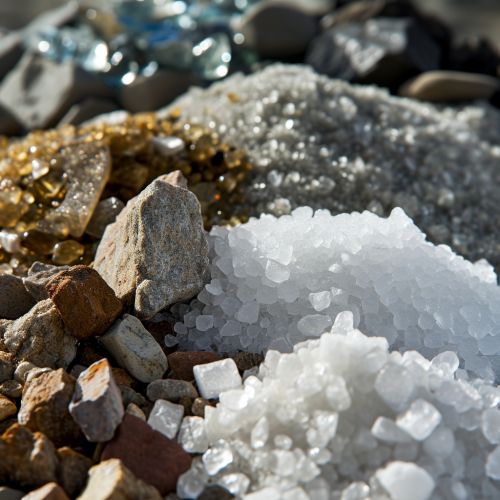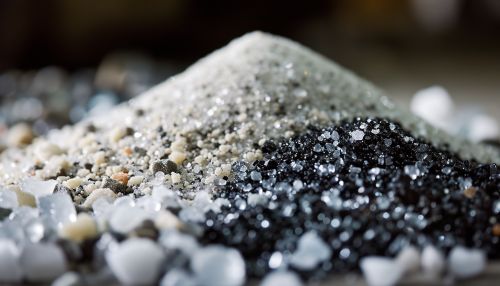Glass manufacturing
Introduction
Glass manufacturing is a complex process that involves the transformation of raw materials into a final product. The process involves several stages, including batch preparation, melting, forming, annealing, and finishing. This article provides an in-depth look into the science and technology behind glass manufacturing.
Raw Materials
The primary raw material used in the manufacture of glass is silica sand. Silica, in the form of sand, is fused with soda ash and limestone at high temperatures to produce glass. Other materials such as alumina, borax, and magnesium oxide can also be used to alter the properties of the final product.


Batch Preparation
The first step in the glass manufacturing process is batch preparation. This involves mixing the raw materials in the correct proportions. The batch is then heated in a furnace to a temperature of approximately 1500 degrees Celsius. This high temperature causes the raw materials to melt and combine to form a viscous liquid known as glass melt.
Melting
The melting process is a crucial stage in glass manufacturing. It involves heating the batch in a furnace until it reaches a molten state. The temperature and duration of the melting process are carefully controlled to ensure the production of high-quality glass. The molten glass is then allowed to cool slightly before it is transferred to the forming stage.
Forming
The forming process involves shaping the molten glass into the desired form. This can be achieved through various methods such as blow molding, press molding, and float glass process. The method chosen depends on the type of glass being produced and its intended use.
Annealing
After the glass has been formed, it undergoes a process known as annealing. Annealing involves heating the glass to a specific temperature and then slowly cooling it. This process helps to relieve any internal stresses that may have been created during the forming process. It also improves the durability and strength of the glass.
Finishing
The final stage in the glass manufacturing process is finishing. This involves any additional processing that may be required to achieve the desired properties of the final product. This can include processes such as polishing, coating, and etching.
Conclusion
Glass manufacturing is a complex and intricate process that requires a deep understanding of materials science and engineering principles. It involves several stages, each of which plays a crucial role in determining the properties of the final product. Despite its complexity, the process of glass manufacturing has been refined over centuries, enabling the production of a wide range of glass products that are used in various applications today.
